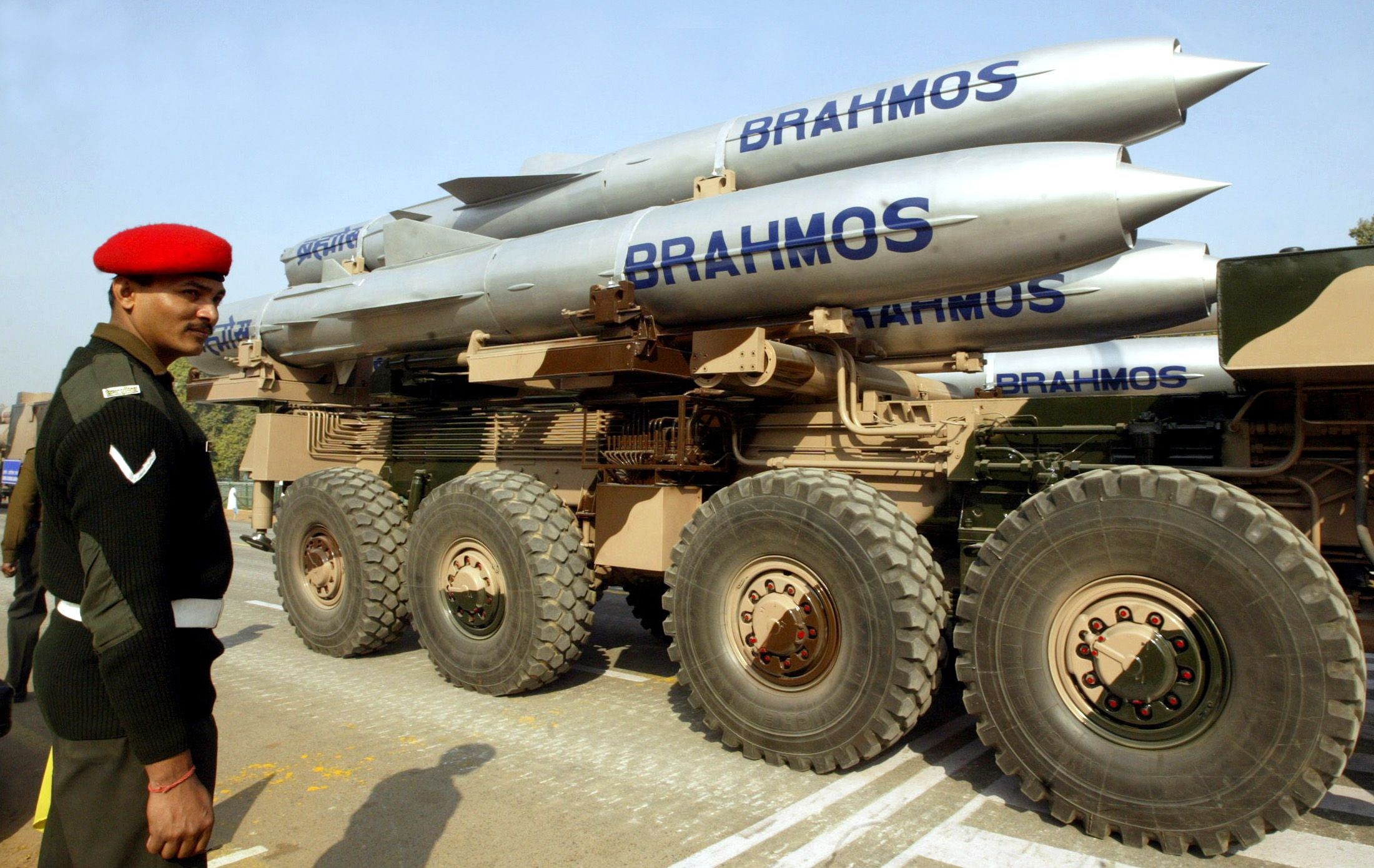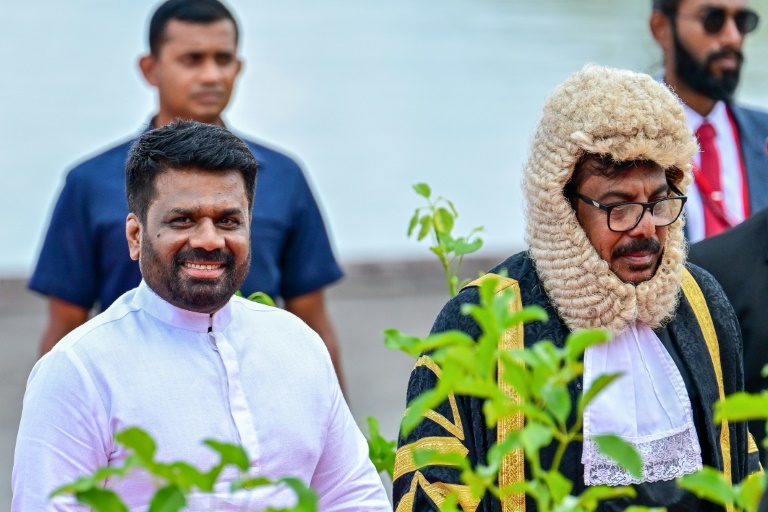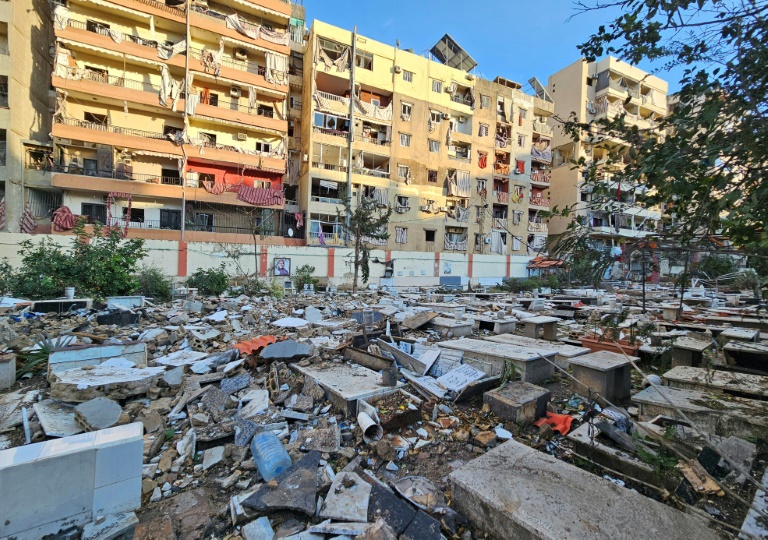Reuters
India’s relationship with the ASEAN region appears to be deepening as New Delhi and Manila look to expand their defense partnership following the visit of Filipino Foreign Secretary Enrique A. Manalo to New Delhi.
Manalo and Indian External Affairs Minister S. Jaishankar co-chaired the fifth joint commission on bilateral cooperation meeting last week, and both sides showed interest in strengthening their defense ties.
The Philippines is the first country to buy India’s BrahMos supersonic cruise missile, which is expected to be delivered by the end of this year. This is “perhaps only the beginning of further defense cooperation,” Manalo said.
Apart form the supply of the BrahMos missiles (manufactured in India in collaboration with Russia) to the Philippines, the defense partnership between both countries has been picking up in recent years as the two sides find common ground in their security concerns in the Indo-Pacific region.
“For India, a defense and security partnership with the Philippines is necessary as it can (1) demonstrate its willingness to be a part of the Indo-Pacific mega security architecture; (2) enhance bilateral cooperation with ASEAN member countries for the sake of Act East Policy; (3) encourage an environment of mutual trust in the region where India plays an active role,” Sampa Kundu, a consultant for ASEAN India Centre (AIC) at Research and Information System for Developing Countries (RIS), told International Business Times.
Jagannath Panda, the head of the Stockholm Center for South Asian and Indo-Pacific Affairs at the Institute for Security and Development Policy (ISDP), Sweden, also told IBT that the recent developments reflect the Philippines’ emergence “as a critical defense and security partner for India in Southeast Asia.”
India is slated to open a defense attaché office in Manila and has also offered the Philippines a Line of Credit (LoC) to help the latter meet its defense requirements.
The two sides have had high-level defense interactions over the years, and they also exchange officials to undergo training in specialized military courses.
Moreover, the “Naval and Coast Guard Cooperation between two sides, for example, on the sharing of White Shipping information, Hydrographic cooperation, and port calls, is an instructive example in regard to their increased defense cooperation,” Prashant Kumar Singh, author and research fellow at Manohar Parrikar Institute for Defence Studies and Analyses, told IBT.
“In fact, the importance of the Philippines in the South China Sea (SCS) is cognizant of India’s own role as the fulcrum of the Indo-Pacific; it remains central to the very future of the SCS region,” Panda added. “The arrival of the U.S.-Japan-Australia-Philippines quad formulation compliments India’s strategic planning and strengthens India’s outreach plan in Southeast Asia.”
As Manila and New Delhi now discuss a second deal for the Philippines to procure more BrahMos missiles, the growing interest in India’s defense equipment is substantive in the country’s gradual rise as a defense exporter to the Southeast Asian region.
“These deals should be seen as an example of the coming of age of India’s Act East policy and India’s deepening footprint in the ASEAN region,” Singh said. “The growing acceptance of India as a defense partner in the region is a recognition of India’s growing stature in regional affairs and will convey significant messages in multiple directions, and the Brahmos dealings with the Philippines will certainly send intended strategic messages to intended recipients.”
The Philippines acquiring new defense equipment could “in part [be] driven by the tensions in the South China Sea, but also by Manila’s own assessment which outlines defense modernization and upgrade in capabilities as a necessary requirement,” Akash Sahu, an Indo-Pacific geopolitics analyst, told IBT.
The Philippines and China share a close relationship with each other, but tensions still loom with regard to the active dispute over the South China Sea.
New Delhi appears to recognize the sensitivity around such issues as it has “maintained a strategic balance in its dealings with China, with which it still has a partner-rival equation,” Panda noted.
While China might see such developments in India-Philippines ties as “provocative,” “the uptick in their bilateral defense relations can be seen as collective effort towards maintaining a free, open and inclusive Indo-Pacific,” Sahu said.
“China may likely see such developments as provocative, but should rather view it as the Philippines’ independent foreign policy pursuit,” he added.







